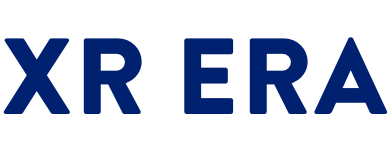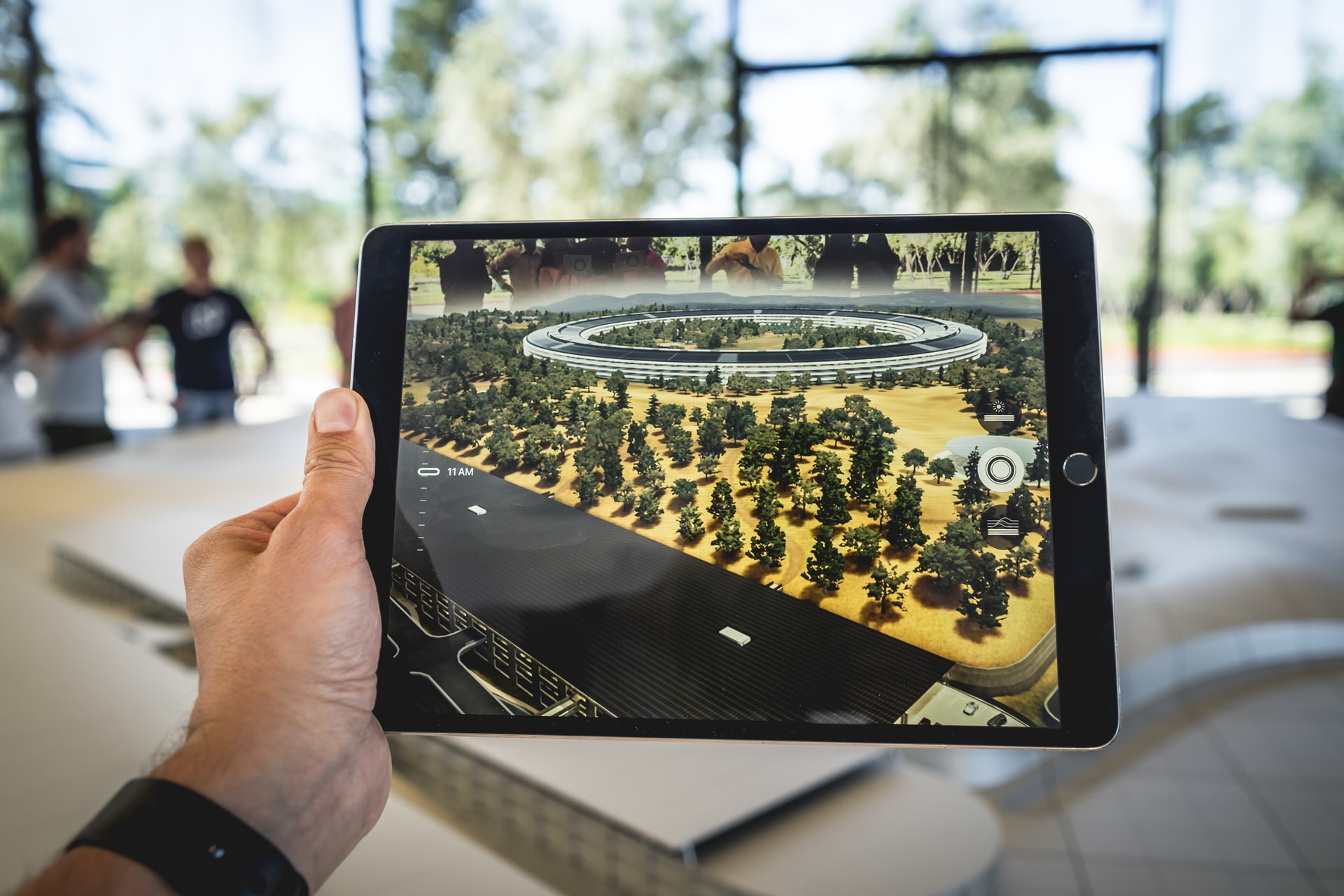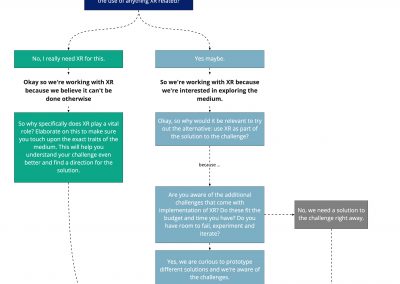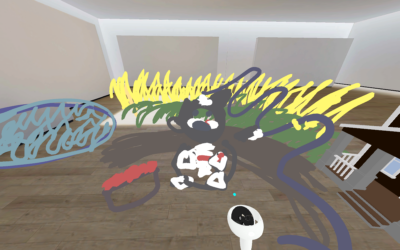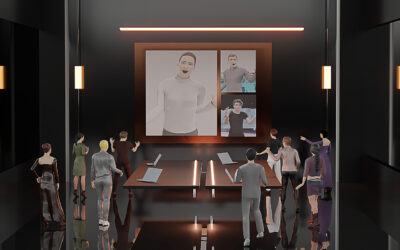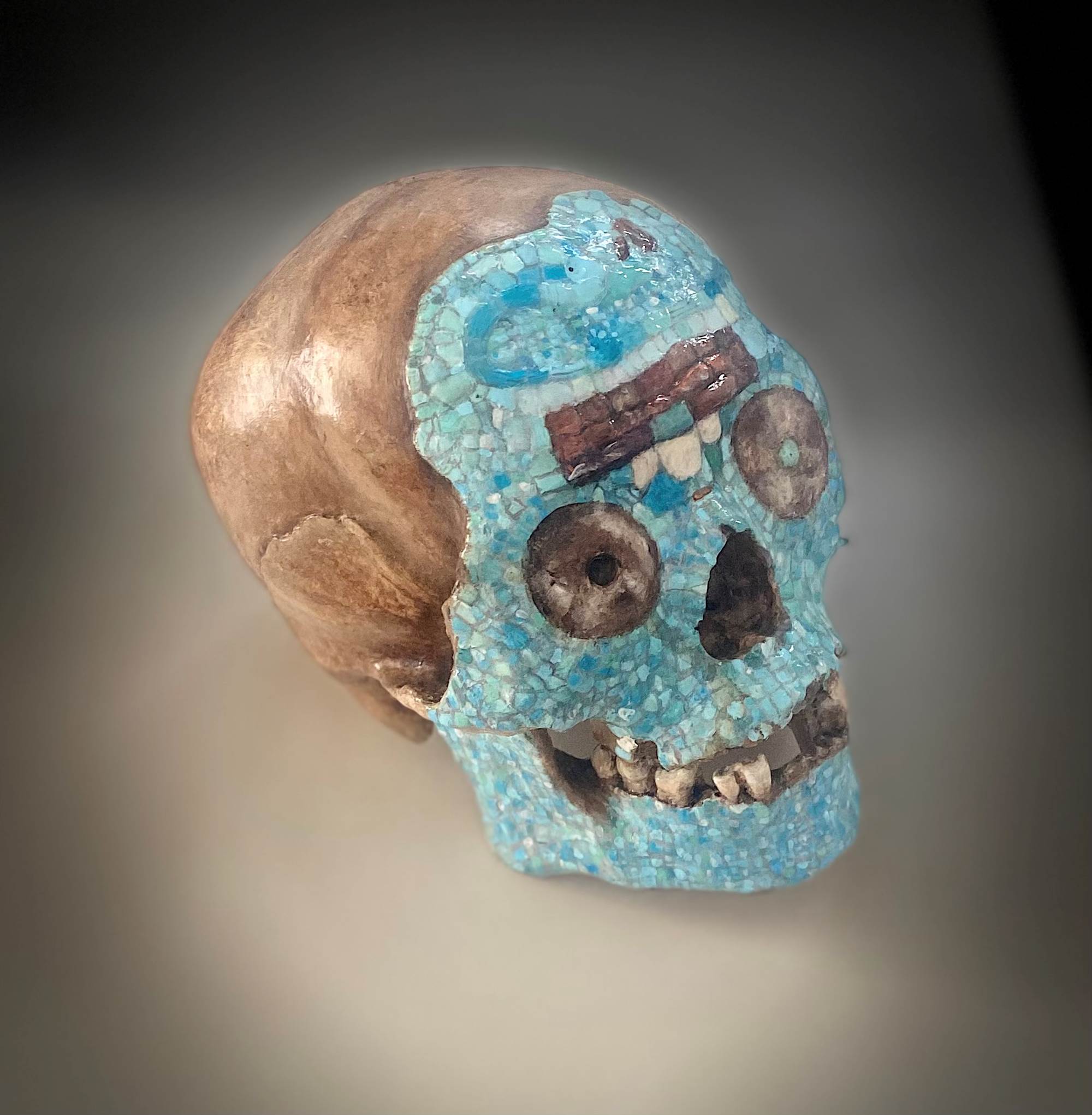How do you get started implementing XR in your education or research? To get an idea of where you as a teacher, researcher or even student could use virtual/augmented and mixed reality experiences for, we’ll dive into the potential that these media can bring to academia. We’ll also outline the different objectives and give different directions for realization.
This post is part of a series, you can checkout part 1 here.
Valuable traits of XR for academia
The different forms of extended reality all have specific traits that could benefit your educational or research objectives.
When planning to make use of XR for education or research it’s important to consider the reasons for why you’d like to do this and learn how your objectives fit the medium’s traits. When driven by enthusiasm about new technologies and methods, it’s easy to overlook the conscious choice of choosing the right media for your goals. Obviously it can be interesting to explore different forms of XR just for the sake of trying out new methods and have a fun time as well, but in that case, be aware of that being the reason and take time to reflect on advantages and limitations you come across to learn from the experiment.
The following list is a collection of situations where XR could be of value:
- XR can be used to simulate rare scenarios, provide access to remote locations or make otherwise costly or dangerous scenarios accessible.
- For virtual reality specifically, the immersive aspect can be used to have users empathize with other environments, cultures and people.
- This same immersive aspect can be used to ensure focus on content as users are closed off from the real world and exposure to external stimuli and thus potential distraction is limited.
- XR can be used to use new modes of learning and working, as different types of interaction possibilities can foster active and playful learning, embodiment and personalised experiences.
- XR can be used to develop practical skills repeatedly in a fail safe way.
- XR experiences can be used to create new forms of collaborative working and learning, both on location and in distant scenarios.
While it is not always easy to determine if a virtual reality experience or augmented reality application will solve your educational or research challenges, some initial questions you could ask yourself are:
What are my goals? Can I also achieve these goals without the use of anything XR related?
If not: why is the XR aspect a vital part of the solution?
If so: what is the reason I think it would be relevant to explore XR as medium?
For both answers, it is important to be aware of the challenges that come along with implementing XR in education and research projects.
For a more comprehensive scheme of reasoning for those who consider implementing XR in education or research for the first time, you can consult the scheme below.
High-level objectives to implement XR in academia
There are different objectives to implement XR in education and research. These all require different plans, hardware, software tools and content and come with their own challenges. When discussing options with colleagues or students during your journey of implementing or learning about XR, it is important to be aware of these different objectives. This awareness enables you to understand the different challenges and put information you come across in perspective.
The list below shows some possible use cases. Use this for inspiration in your own context and to get to know a few different ways of looking at implementation of XR in education and research.
- Teach students to work with novel media to bring about media literacy.
- Teach students creation skills such as:
- Design skills on storytelling, interaction design and spatial design.
- Technical skills on programming and 3D modelling.
- Use XR content as learning material and medium to support teaching.
- Use XR as a research tool.
- Support (distant) collaboration and social interaction.
- As a general work support tool for common tasks like presentations and design.
For different purposes such as:- Presenting and storytelling.
- Design and brainstorming.
- Conduct research on XR itself.
Approaches for Realization
Independent of the high-level objectives one might have, there are again different means to realize these. Academic institutes and individual teachers take different approaches to the implementation of XR in their educational curricula.
- Make use of existing content and applications
Some decide to explore freely available or low‐cost applications, others acquire more advanced applications offered by commercial companies.
- Custom creation
Academic institutes also create their own XR applications, specifically targeted at the needs of their curricula. Often, this process is costlier and there appears to be a lack of content sharing between institutes, preventing applications from being developed further or from becoming accessible for a wider target audience. - Build to learn: professional development and low-key options
When the objective is to let students build experiences themselves, teachers can choose to introduce students to different development methods, depending on the desired learning outcomes. These could include:
In the next article, we’ll dive into what plug-and-play creation tools are available that you could use to build custom XR experiences to be used in education and research or to let students build experiences themselves.
This article is part of the SURF Open Innovation Lab program project eXploRing VR, AR and MR. Project partners are SURF (Paul Melis, Casper van Leeuwen and Ben de Vries), Center for Innovation, Leiden University (Donna Schipper), University of Amsterdam (Robert Belleman), Delft University of Technology (Arno Freeke). Have a look at the project page for more information.
